Last week, I had my first letterpress workshop with the new Chandler & Price Pilot press. Jose and Monica were the first participants to try it out and we couldn't be happier with it's performance. For my workshops I suggest a list of different types of cardstock for participants to bring. These include BFK Rives, Somerset, Lettra, Savoy, Arches, Fabriano, Maidstone and Canson. These are ones I have tried and they work well with letterpress printing. But participants are also encouraged to bring other types of papers to experiment on. Jose and Monica picked up Japanese Linen cardstock which comes in 20 different colours from The Paper Place. And though these papers aren't meant for letterpress printing, you can still run them through the press. I love the colours of these. And because they have some heft and weight they score quite well to make cards.
In one of the photos above, you can see the acetate that was used to print on. Does anyone else use acetate to determine where their print lands on the platen? Traditionally you are supposed to print on the tympan and measure from there and place your gauge pins. My process (which I share in my workshops) is nontraditional in the way that I don't use the tympan for that purpose, or any gauge pins. Is it a common practice to forgo the tympan method or does everyone do this (because I haven't seen it on other blogs anywhere)? Do tell!

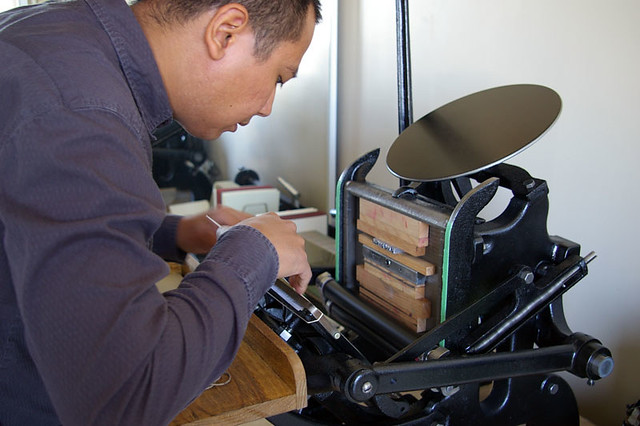
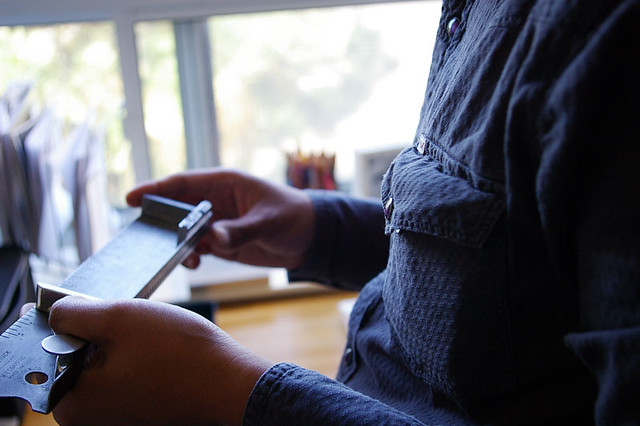
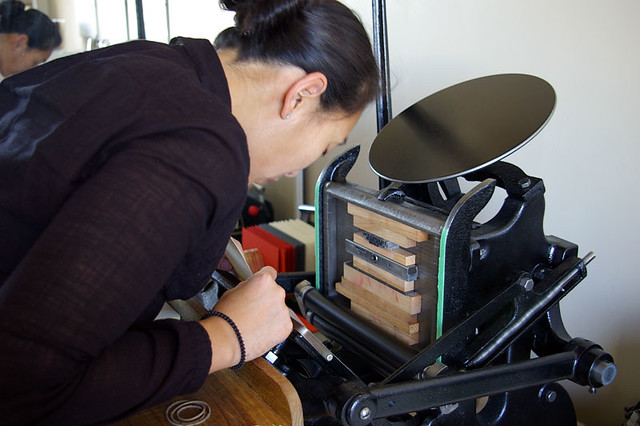
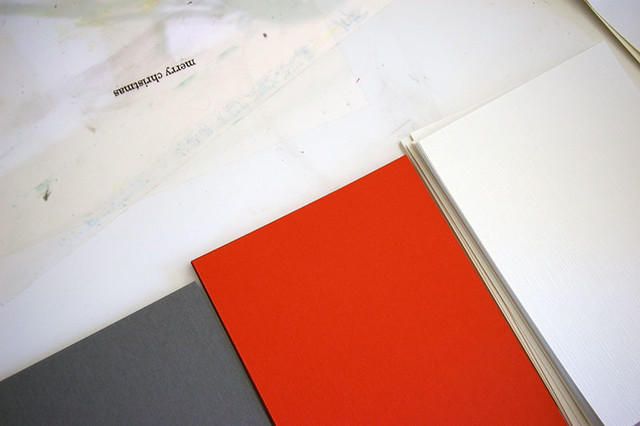
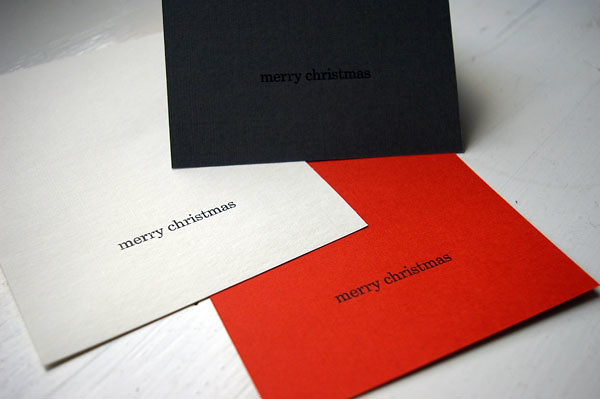





2 comments:
I use the acetate method too, I think it's because I used it for screen printing and it sort of stuck in my head ;)
http://kelsey-letterpress.blogspot.com/2009/11/position-and-register-with-homemade-lay.html
Plus I find the measuring method fiddly on the small 5x8 press, don't think it matters how you do it as long as it works ;o)
jax: I knew you also used acetate and your own homemade lay gauges (which I love). I was really happy to have seen that on your blog because up until then I hadn't read it anywhere else which lead me to assume that it wasn't a common practice even though it works well.
I agree with you that it doesn't matter how it's done as long as it works. But when you use a tried and true method that's untraditional or different I think it's natural to wonder why it hadn't been used before or used by more printer's other than yourself.
Thanks for commenting and providing your link. I had an anonymous comment on this post that I didn't publish because its sender was glaringly suspicious and indicated that she's seen the practice (in addition to the photo corners method) used by everyone yet conveniently didn't provide any examples.
Post a Comment
Anonymous comments (meaning comments without valid URL's) will not be published.